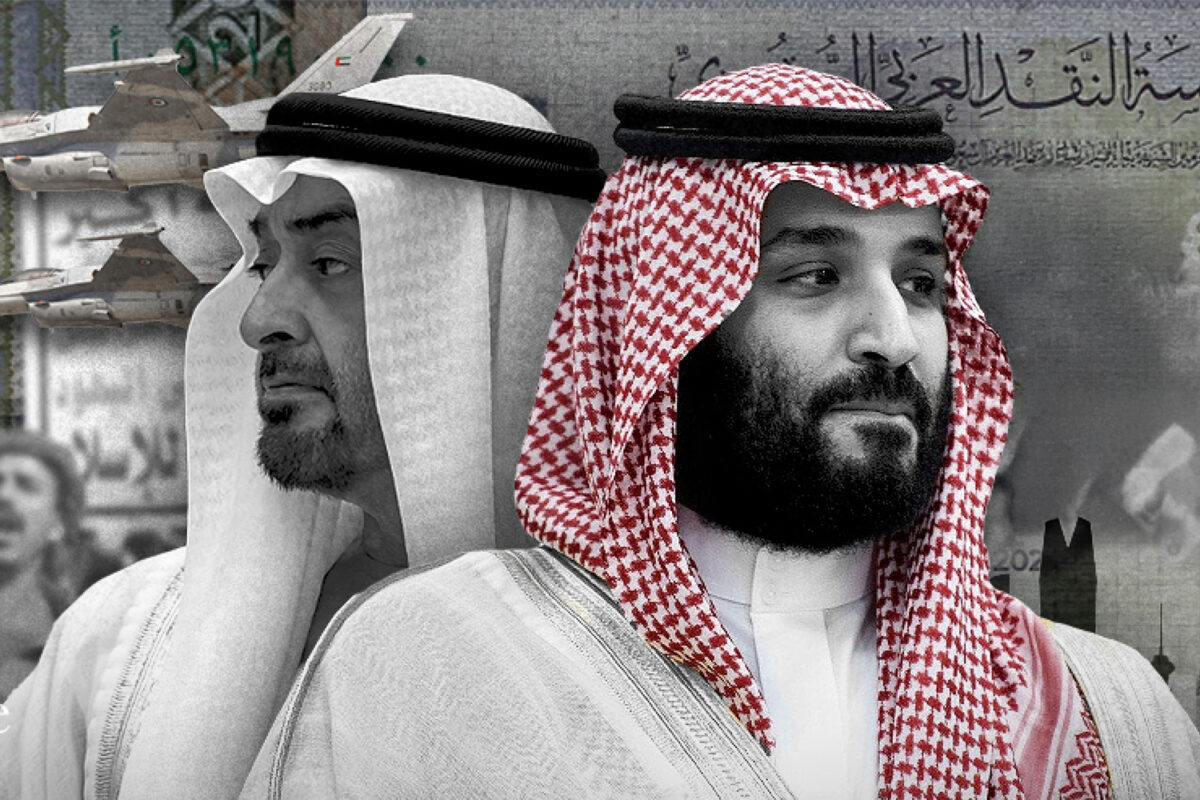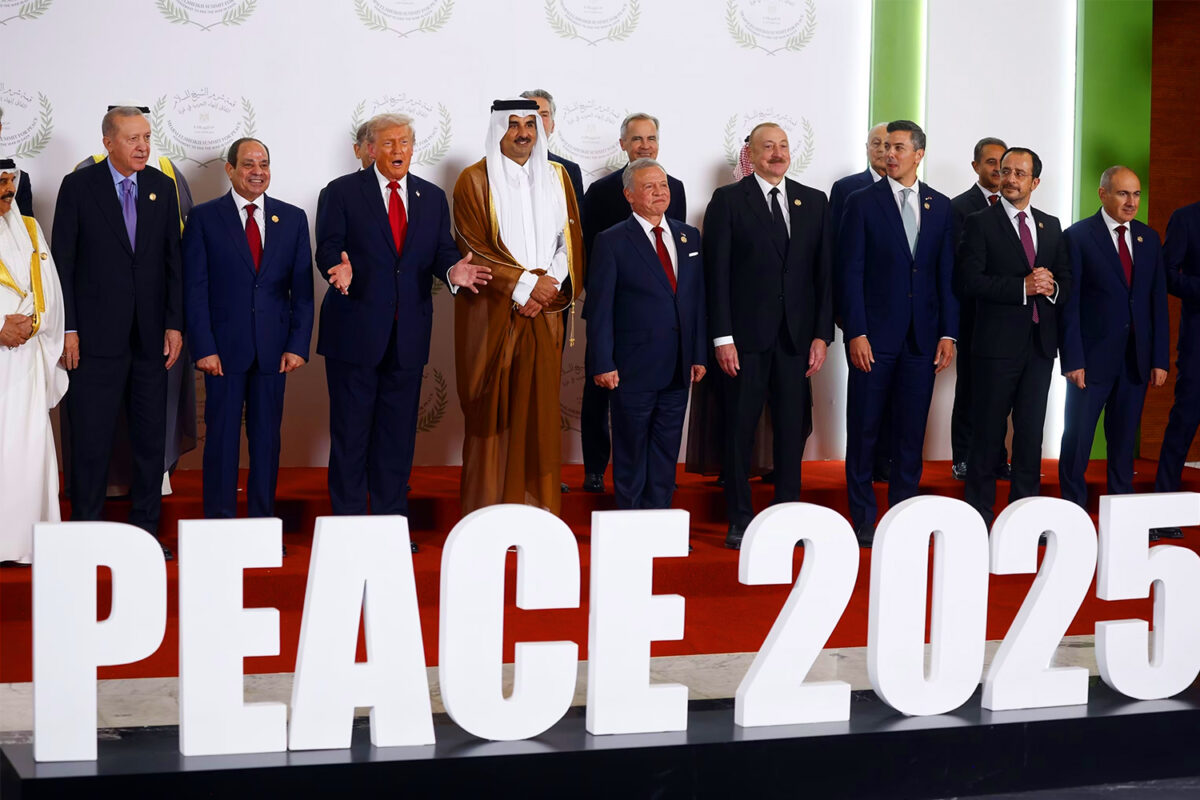The whole world is waiting in anticipation for Israel’s response to Iran’s 1st October missile barrage. Reports indicate that Israel is considering a range of options including strikes on Iran’s nuclear program, oil infrastructure and other military and civilian infrastructure. This has caused consternation in the US and has led to the opening up of a major rift between the US and Israel. The US is not keen to see an escalation in the region, especially one that may lead to a disruption in oil supply or one where they may be dragged into war by Israel. Iran has made it clear any assistance to Israel from regional nations would make their oil infrastructure legitimate targets for Iranian reprisals. Iran and Israel have been engaged in a shadow war for decades but this is the first time their animosity has spilled out into open warfare. Despite all the escalatory statements and public pronouncements both countries suffer from major conventional challenges in any war scenario.
The military doctrines, evolution and capabilities of both Iran and Israel couldn’t be more different. Israeli military doctrine attempts to deal with the nation’s artificial creation, evolution and precarious geographic position.
Strategic Vulnerabilities
Being a small country with no strategic depth it has limited capacity to take large numbers of military or civilian casualties and faces numerous economic and social constraints. Accordingly, a protracted war is something that Israel is keen to avoid. A quick end to any major war is essential for Israel and this has dominated its military thinking.
This led to the birth of Israel’s offensive approach to warfare, with a posture that called for transferring the fight to enemy territory, delivering pre-emptive strikes, attaining a quick victory by concentrating the offensive on a single front while defending other fronts, and enhancing the ability to rapidly shift the main effort from one front to another. This led to large investment in the Israeli Air Force (IAF) as its primary offensive tool.
Despite significant US military and economic support Israel faces a precarious military reality, which no amount of arms and ammunition can solve. Israel, in any conventional war, is outnumbered, surrounded and lacks strategic depth and the ability to sustain a high intensity war for more than a few weeks. Whilst Israel is battle hardened against asymmetric threats, in every conventional threat Israel depends on US intervention. Even in battle with Hezbollah and Hamas Israel has needed constant resupply from the US. Israel’s aggressive posture is in reality a deterrent to halt the surrounding nations from contemplating an invasion – something the rulers continue to abide by. Israel lacks the strategic depth for a long intensity battle and, aside from its air force, has no power projection capabilities. If Egypt was to go through rearmament and pose a threat to Israel, it would bankrupt the Zionist entity.
Israel, in any conventional war, is outnumbered, surrounded and lacks strategic depth and the ability to sustain a high intensity war for more than a few weeks
Asymmetric Warfare
Iran’s doctrine under the Shah consisted of a large land force with modern equipment. The Iranian military was very well armed and trained with large imports of foreign equipment and systems. When the revolution took place in 1979 the Iranian military experienced a 60% desertion from its ranks. The new revolutionary government sought to strengthen its domestic situation by conducting a purge of senior military personnel closely associated with the Pahlavi dynasty. As a result, when Iraq invaded in 1980, Iran was at a severe qualitative disadvantage compared to Saddam Hussein’s forces. The combat experiences of the war with Iraq led the Iranian regime to recognise it cannot and will not be able to compete with any of its adversaries in a head-to-head conventional conflict. The results of the first Gulf War, in particular the use of precision guided munitions, strongly reinforced this understanding. The asymmetric tactics the Iranian regime adopted during the Iran-Iraq war became the foundation for the entire Iranian military doctrine. Asymmetric warfare has played a central role in Iranian military and strategic doctrine and has seen the Iranian revolutionary guards Corp (IRGC) emerge. Iran’s armed forces are focused on the development of niche capabilities that play to Iranian strengths – manpower, strategic depth and a willingness to accept casualties, while exploiting the weaknesses of adversaries, who are regarded as risk averse, casualty sensitive and heavily dependent on technology and regional basing facilities for access.
This is the fundamental problem with Israel’s position; every war is an existential battle and could lead to the end of Israel, whilst for Iran no war is an existential battle
Iran’s crown jewels in its military arsenal are its ballistic and cruise missiles. Iran’s inability to modernise its air force due to sanctions and obsolescence led it to invest in its strategic missile forces as more cost-effective means of countering the much more advanced air forces of its neighbours. Today, the Iranian missile arsenal is perhaps the region’s largest and most diverse. Iran operates several thousand short and medium range mobile ballistic missiles, including the Shahab-3 with a range of over 1000 miles, which is the mainstay of Iran’s strategic deterrent. Whilst Saudi Arabia and the UAE spend billions on Western-made military equipment, Tehran has chosen to continue to invest in its domestic missile program as a deterrence weapon. Since the wars in Afghanistan and Iraq brought the US to Iran’s doorstep, Iran has focused research and development efforts on making its missiles more accurate.
Iran’s military strategy rests on the assumption that it cannot engage in conflict with a conventional foe. As a result, Iran is reliant upon its missiles and irregular forces to defend the nation from any foreign threat.
Iran’s crown jewels in its military arsenal are its ballistic and cruise missiles
Geography
The biggest challenge for both the Israeli and Iranian armies in any war is the fact they are over 700 miles apart. The geography poses major challenges to both nations in any event of war. Benjamin Netanyahu is now being accused of failing Israelis on their security, something he has built his career upon and will now need to carry out a response that brings back Israeli security credibility. Whilst Israel has been leaking information concerning possible strikes on Iranian bases, military targets, as well as its nuclear program and possibly energy infrastructure, the challenge for Israel is it will have to do this over vast distances. The other factor is Israel has lost the element of surprise as Iran is expecting an attack.
An Israeli airstrike on Iran would be a complicated and an operationally demanding task, a strike package of fighter-bombers and associated support aircraft would be needed to carry out most of the attack. Israel will need to get to Iranian territory with enough fire power. A successful Israeli attack would require up to 1000 sorties, which would need over 100 military aircraft. This high number would stress the capabilities of Israel’s air force. Iran is over 700 miles from Israel, each jet would have a possible round trip of over 1500 miles and precludes the use of the F35s. This distance means only a certain number and type of aircraft may be used. Whichever way, aerial refuelling will be needed for Israeli jets to make their way home. Fuel use will also be affected by altitude, speed and payload, to effectively strike Iran. As Israel will quickly reach the limits of its capabilities it will need US intelligence and logistical help and supplies.
Israel could turn to missile strikes. It has several cruise-missile systems as well as ballistic missiles with short, medium and, reportedly, intermediate ranges. If Israel targets infrastructure or Iran’s nuclear program and doesn’t just carry out symbolic strikes to save face it would need to use a large number of missiles to cover Iran’s large landscape which would likely overstretch Israeli capabilities.
The biggest challenge for both the Israeli and Iranian armies in any war is the fact they are over 700 miles apart. The geography poses major challenges to both nations in any event of war
Israel does have other options in its response to Iran’s missile strikes. It could carry out an assassination campaign on Iranian targets, officials and personnel around the world, this is something Israel has done in the past. Israel could also use its spy network within Iran to carry out assassinations, something it has done when it has targeted Iranian scientists. Israel could carry out a cyber-attack as it’s done in the past with the Stuxnet virus that shut down Iran’s nuclear power plants. These options however may be seen to not be proportionate by the Israeli public. Whichever option Israel decides to pursue it will need the participation of the surrounding Arab rulers as it does not share a border with Iran, which raises multiple unintended consequences for these rulers as Iran has threatened reprisals if they allow Israel to use their airspace.
Although the conflict between Iran and Israel is often portrayed as a bilateral issue, the conflict in fact smoulders under the watchful eye of the US, whose interests in the region reign supreme. Bluff And bravado aside and with the dispensation of delusions of grandeur, it is only the influence of the US that mitigates the Iranian response. Israel is far more vulnerable than it likes to admit.
Iran possesses Russian and capable domestic air defence systems which although not officially tested against advanced adversaries have nevertheless been used in Syria where the Iranians have gained considerable experience with Israeli systems and tactics which complicate any Israeli attack.
Iran possesses a vast array of proxies in the broader Middle East. If it embarked on its own assassination campaign against Israeli and Zionist targets to mirror that of the Israelis then no Israeli would be safe except in Israel, severely limiting the freedom of movement for Israelis.
In the Middle East Iran’s proxies negate the distance between the two nations. Whilst Israel has to travel over 700 miles to attack Iran, Iran on the other hand is entrenched on Israeli borders and can strike without warning.
An Israeli attack on Iran will in all likelihood see the Muslim world pressure their leaders for a response or at least maintain neutrality. With Israel sharing borders with Egypt and Jordan, Israel would have to maintain forces on these borders to deal with the possibility that the Muslims decide to take matters in their own hands.
This is the fundamental problem with Israel’s position; every war is an existential battle and could lead to the end of Israel, whilst for Iran no war is an existential battle. Whilst both Iran and Israel are making statements and wild allegations about their capabilities, fundamentally geography has to be overcome. The Steppes in Eurasia engulfed Napoleon and Hitlers armies and the vast oceans needed to be overcome to attack the US. The geography between Iran and Israel limits what damage Israel can do.






One comment
ߛߋߞߎߓߊ߫
9th October 2024 at 9:23 pm
Amazing piece and analysis of the situation. Thank you was quite enlughtening.